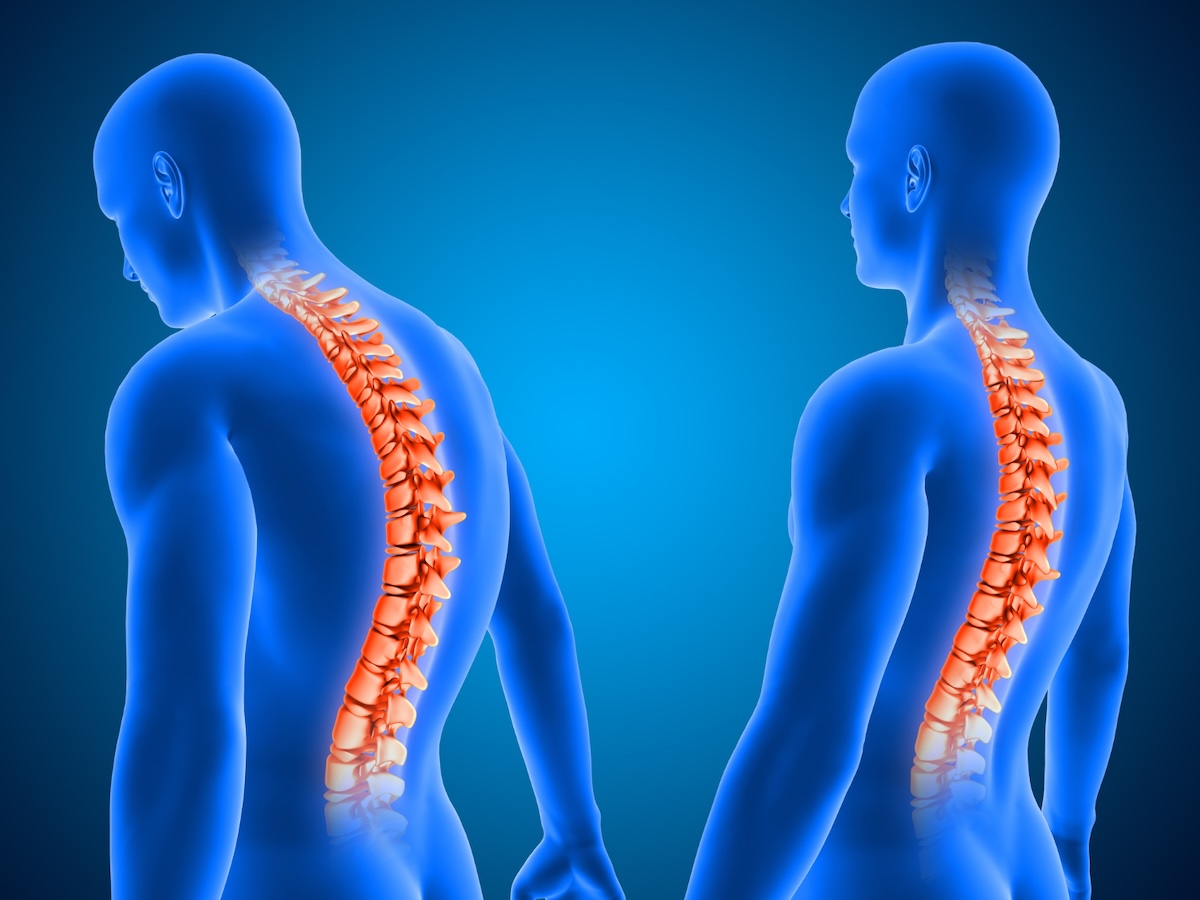The symptoms of Spinal Muscular Atrophy can vary widely depending on the type and age of onset. Some signs may be easy to miss at first, especially in milder cases. Common symptoms include:

Recognizing The Symptoms
-
Muscle weakness, especially in the arms and legs
-
Poor muscle tone (the baby may feel floppy when held)
-
Trouble holding up the head or sitting without support
-
Difficulty swallowing or sucking
-
Breathing problems
-
Delayed motor milestones (like crawling or walking)
-
Frequent respiratory infections
In adults, symptoms may start as general muscle weakness and gradually get worse. Sometimes it takes a long time before people realize something’s wrong because the signs develop slowly.
How Doctors Diagnose SMA
If a doctor suspects SMA, they usually start with a physical exam and a look at the person’s medical and family history. Because SMA is a genetic condition, genetic testing is the most accurate way to confirm it. This test looks for changes in the SMN1 gene. Sometimes, doctors might also order other tests like a blood test, electromyography (EMG) to check nerve function, or a muscle biopsy in rare cases.
For newborns, many states in the U.S. now include Spinal Muscular Atrophy in their newborn screening programs. That means babies can be tested before symptoms even start. Early diagnosis makes a big difference because treatment works best when started early. Continue reading on the next page and discover, among others, how SMA is treated.
